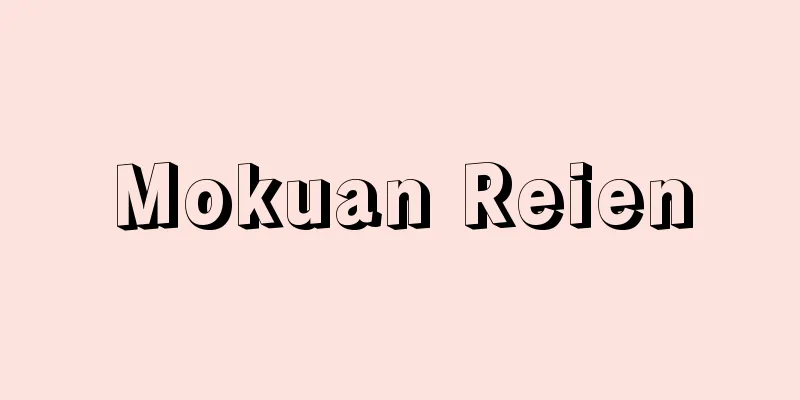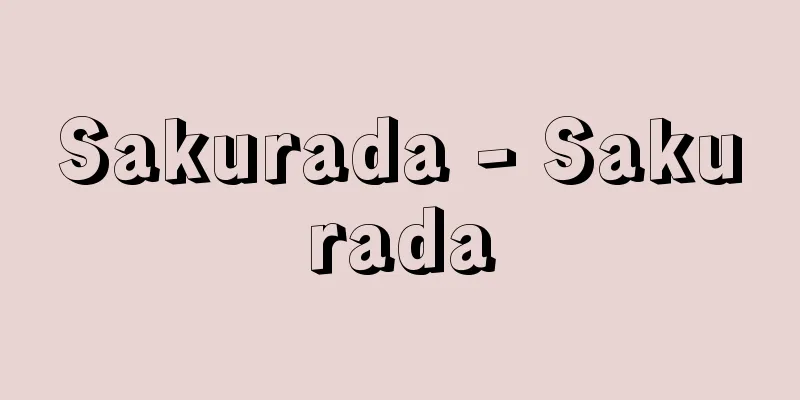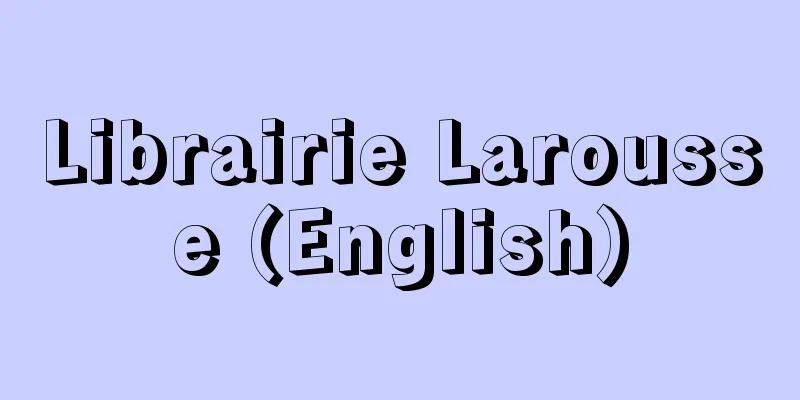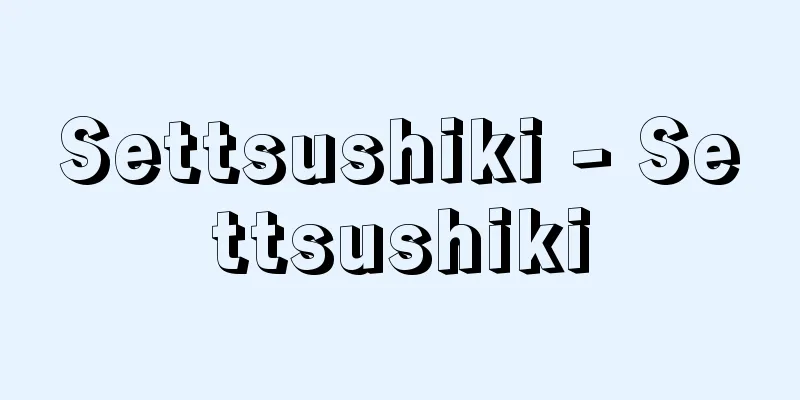Mokuan Reien

|
Dates of birth and death unknown. A Japanese ink painter active in China around the 14th century. His real name was Koreichi. He became a disciple of Kenzan Suuki of Jochi-ji Temple in Kamakura, and changed his name to Reien. Around the Karyaku era (1326-29), he traveled to the Yuan Dynasty, where he studied under such famous monks as Heisekinyosi of Tendo-san, Gekko Shoin of Ikuo-san, Ryoan Seiyoku of Shozan Honkaku-ji Temple, and Soseki Bonki. He was already known as a Noh painter while at Joji-ji Temple in Lin'an, and when he happened to visit Xihu Liutong-ji Temple, the head priest there told him he was the reincarnation of the temple's founder, Monk Mokkei, and gave him the temple's posthumous seal. His paintings seem to have started out as a Zen hobby, but he is thought to have been fully active as a Buddhist painter-monk, as he produced masterpieces such as "Portraits of the Twenty-Two Patriarchs" under Soseki in 1344 (Shisho 4). He died in China around 1345. His posthumous works were brought to Japan, but for a long time Mokuan was mistaken for a Chinese person. Many of his works are ink-wash portraits of Taoist and Buddhist figures, and are notable for the inscriptions of the famous Yuan dynasty monks mentioned above. His representative works include "The Four Sleeping Figures" (Maeda Ikutoku-kai, Tokyo) and "Hotei" (MOA Museum of Art, Shizuoka). [Satoru Sakakibara] "Watanabe Hajime, 'Study of Higashiyama Ink Paintings' (1985, Chuokoron-Bijutsu Shuppan)" ▽ "Kanazawa Hiroshi, 'Complete Collection of Japanese Art Paintings 1: Kao/Myocho' (1977, Shueisha)" Source: Shogakukan Encyclopedia Nipponica About Encyclopedia Nipponica Information | Legend |
|
生没年未詳。14世紀ごろ中国で活躍した日本人水墨画家。本名は是一。鎌倉浄智(じょうち)寺の見山崇喜(けんざんすうき)の弟子となり、霊淵と改名。嘉暦(かりゃく)(1326~29)ごろ元に渡り、天童山の平石如砥(へいせきにょし)、育王山の月江正印(げっこうしょういん)、寿山本覚寺の了庵清欲(りょうあんせいよく)や楚石梵琦(そせきぼんき)らの名僧に参禅した。臨安の浄慈寺にいたときよりすでに能画家として知られ、たまたま西湖六通寺(りくつうじ)に遊んだおり、そこの院主より当寺の開山、牧谿和尚(もっけいおしょう)の再来といわれ、その遺印を授かった。その絵は禅の余技的制作として出発したと思われるが、やがて1344年(至正4)楚石のもとで「二十二祖像」のような大作を描いていることから、画僧として本格的な活動をしたとみられる。45年ごろ中国で没す。遺作は日本にもたらされたが、長く黙庵を中国人と見誤っていた。その作品は多くが水墨の道釈人物画で、しかも前記の元代の名僧たちの賛があるところに特色がある。代表作に『四睡(しすい)図』(東京・前田育徳会)、『布袋(ほてい)図』(静岡・MOA美術館)などがある。 [榊原 悟] 『渡辺一著『東山水墨画の研究』(1985・中央公論美術出版)』▽『金沢弘著『日本美術絵画全集1 可翁/明兆』(1977・集英社)』 出典 小学館 日本大百科全書(ニッポニカ)日本大百科全書(ニッポニカ)について 情報 | 凡例 |
>>: Mogilëv (English spelling)
Recommend
Partial payment - ichibufutan
...Patient burden can take three forms. The first...
Oldowan stone tools - Oldowan stone tools
...But generally speaking, the most well-known st...
Umekawa Chubei - Umegawa Chubei
The name of the main character in a Joruri or Kabu...
Ayama [town] - Ayama
A former town in Ayama District, northwest of Mie ...
Zostera bed
...Submerged seaweed or seaweed communities that ...
Microearthquake - Gokubisho Earthquake
An earthquake with a magnitude of less than 1. It ...
Administrative coercion - Gyoseikyosei
It is said to be the action of exerting force on t...
Heat rays
…Infrared rays are electromagnetic waves characte...
The theory of evil people as the right machine
The fundamental thought of Shinran, the founder of...
EOR - EOR
Please see the "Exclusive OR" page. Sou...
Mozumetakami - A collection of works
A scholar of Japanese literature and language. He...
Mine ventilation
To circulate fresh air inside the mine. When a la...
Anaximenes - Anaximenes
Ancient Greek philosopher. Born in Miletus, a cit...
Mount Miwa
A mountain in Sakurai City, northern Nara Prefect...
Puppet - Ayatsuriningyou
1. A puppet used in marionette plays. There are st...









